Rediscovering Moscato.
Getting passed the mediocre labels that set the wrong impression and re-discovering this grape, together with seven Moscato d'Asti labels that I HIGHLY recommend.
University was my first known encounter with Asti Spumante where, circa 2001 inside Arena nightclub in Exeter, someone (who I’ll never remember) told me to tell the DJ it was my birthday (it was).
Such were the times.
Off I went. Dutifully. Shoulders first, when the DJ asked to see my student card (such were the times). One eyebrow up, he declared, “I have just the thing”.
From behind a chest-high DJ booth through the fog of dry ice, purple lighting and ‘Can’t Get You Out of My Head’ (again, the times) emerged a dark green bottle with a plastic ‘cork’ and a white label that simply read ‘Asti’.
What it didn’t say was ‘Moscato Bianco’. Or anything about DOCG. Or that one day I’d be writing 1,000 words in its defence.
We skipped off into the night swigging from a bottle.
Such were the times.
Moscato was cheap. Student cheap. Relegated to those ankle-level shelves of the nearby Londis flanked by the usual accomplices, Hock and Lambrini.
“Get your Hock out”, I can still hear someone say.
Moscato has a lot more to offer.
The memories are vivid, but the less said about Asti Spumante and Moscato d’Asti, the better. Or so I thought.
Moscato Bianco is a dexterous grape, capable of expressions ranging from delicately sparkling frizzante to dried passito dessert wines. It is the same grape used in Moscato d’Asti DOCG, the highest classification, and Asti Spumante. You will find Moscato Bianco grown amid the rolling hills of a UNESCO‑listed Langhe‑Roero‑Monferrato.
Travelling to Piemonte over the last four years unpacked Moscato’s potential extends far beyond the insipid, budget connotations of giveaways and Christmas.
In 2021, I was impressed with rows of Moscato d’Asti lining the shelves as a wry smile recalled my simpler student life.
Piazza Duomo and the Black Glass Moment
The turning point came during the third course of a memorable dinner at Piazza Duomo, the three-Michelin-starred restaurant in Alba under the capable hands of Chef Enrico Crippa. The sommelier asked us to trust him during a course of uni, pecorino, tomato and aspic.
He poured this floral and fruity wine into a black glass to remove any visual bias, which—to our credit—we both identified nostalgically as Moscato d’Asti. The aroma, acid and fruit of the tomato with pecorino’s salty bite pushed and pulled with the Moscato’s floral, almost meringue-like profile. The I Vignaioli di San Stefano also held its ground through the next course, burnt lemon risotto.
Now, I buy Moscato d’Asti whenever I see it, and I am not the only one. Moscato d’Asti sells 80 million bottles a year with reports exceeding 105 million bottles in 2022.
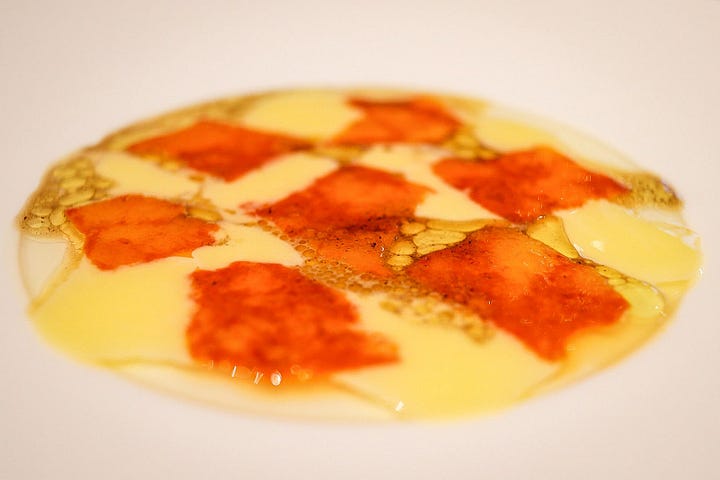
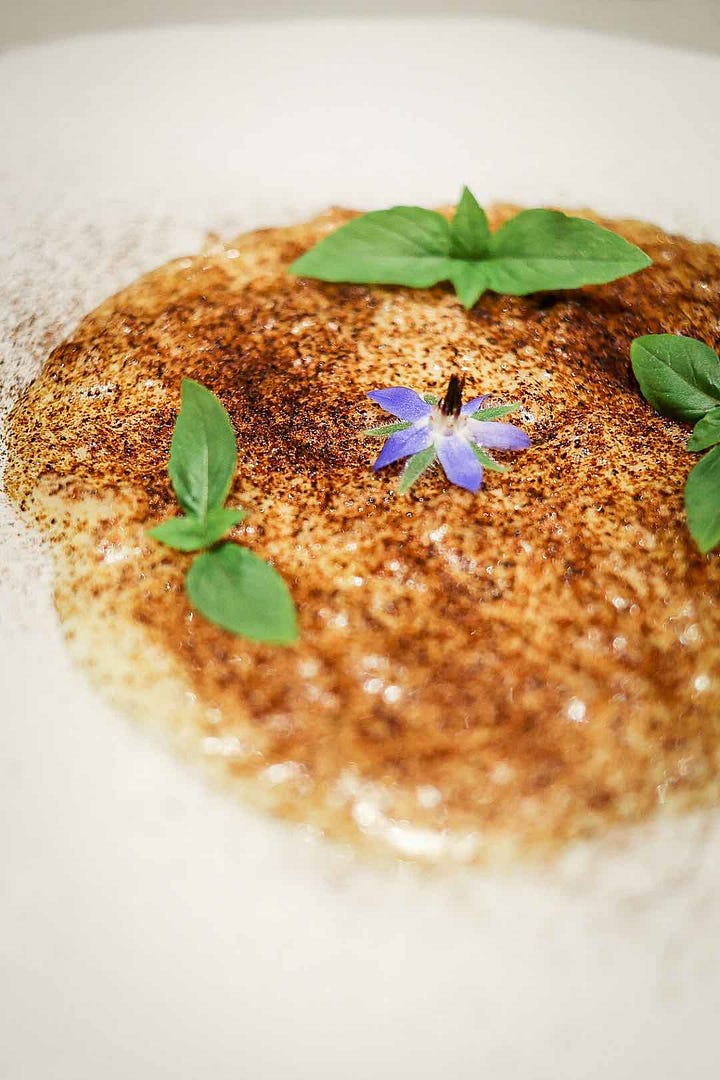
Why Moscato might be the drink for our times.
Every week brings another headline about how people are drinking less—whether for health, social pressure, or a lurch towards moderation.
Moscato, oddly, might be the answer. And not in spite of its detractors—but because of the very qualities they dismiss.
Low Alcohol
At a modest 5.5% ABV, Moscato d’Asti sits well below Prosecco (11%) and Champagne (12.5%). It won’t knock you sideways unless you drink it like juice (it happens).
Affordability
It’s still not pricey, even for quality bottles (see below). It’s a steal for sparkling wine drinkers.
It Sparkles!
People love bubbles and change from the predictable turnstile of Prosecco, Cava or Cape Classique. (P.S. I also recommend Crémant de Bourgogne or Franciacorta.)
Sweetness & Accessibility
Mouth-strippingly dry, high-volume or hyper-oaked white wine dominated for years. Moscato offers a fruit-forward re-entry into wine that doesn’t pucker your mouth or smell like a sawmill.
It’s Got Character
Many entry-level white wines are characterless. Moscato—when made well—is expressive, aromatic, and yes, opinionated. Some won’t love it, but it has style.
7 Recommended Moscato Labels to Look Out For.
I highly recommend an afternoon at Douja d’Or in Asti in mid-September, where dozens of very reasonably-priced Moscato labels are available to try.
Ceretto I Vignaioli di S. Stefano Moscato d’Asti DOCG, €15.
The Piazza Duomo pour that changed everything. It’s a benchmark expression: low in alcohol, gently sparkling, and intensely aromatic. White peach, orange blossom, and apricot leap from the glass, with residual sugar balanced by acidity.
Sergio Grimaldi Ca’ du Sindic, €8.
It's a light honey coloured Moscato with a gentle sparkling, very light fizz. A distinct nose of pear and honeydew melon with prominent notes of elderflower, lychee, and mango—never tipping into treacly sweetness. Find it at Trattoria Losanna.
Mazzetti d’Altavilla Amaro Gentile, €21.
And now for something completely different—an Amaro, that bitter digestif that Italians adore, made from Grappa di Moscato with thirteen herbs left to infuse for 12 months, enjoyed over ice with lemon and mint. The Mazzetti d’Altavilla distillery is a stone’s throw from our house.1
Matteo Soria Asti Dolce, €8.
My favourite pour at Douja d’or. Very pale straw colour with a huge waft of elderflower, hay, jasmine and pear on the nose. Its creamy mousse echoes the nose, carrying flavours of pineapple, jasmine, and hay. I could drink a lot of this. Read more about it here.
Gancia Moscato d’Asti DOCG, €10.
From a well-known Moscato producer, it’s also a pale straw colour with honey, ripe apricot and bright ripe mango on the nose. It came across as full-bodied, but still fresh. I will visit the winery when I am next in Piemonte.
Donnafugata Kabir Moscato di Pantelleria, €24.
The only entrant from outside of Piemonte that comes in from Donnafugata, a well-known winery in Sicily. This is a dessert wine that reads tropical fruit and orange blossom, apricot and overripe nectarine with this warm honey that rolls right through. You can also buy this in Dubai.
Cascina Castlet Moscato d’Asti, €14.
Intense and syrupy sweet with a lychee and jasmine nose. Pair this with orange sponge cake and warm pastries. Find it at Accademia Ristorante.
Thank you for reading about Moscato d’Asti and my journey to date with this grape. If you liked this article, please kindly consider dropping a like, leaving a comment with your own story and, of course, subscribe if you have not done so already or share this with a friend who should know a bit more about this wonderful DOCG.
The Usuals.
You can find out more about me here, together with my Substack.
Flick through my Dubai Restaurant Guide here.
Find weekend inspo in one of Dubai’s best breakfast spots.
Visit the best spots in Jumeirah Lakes Towers and Dubai Hills, two Dubai dining IYKYK hotspots IMO.
Some of the World’s Greatest Dining Spaces.
Find me on Substack, Threads, Instagram, BlueSky or Facebook.
Liam is a restaurant critic, food and travel writer based in the Middle East. He owns EatGoSee and contributes to other publications.
Pricing comes from the distillery, not Wine Searcher.

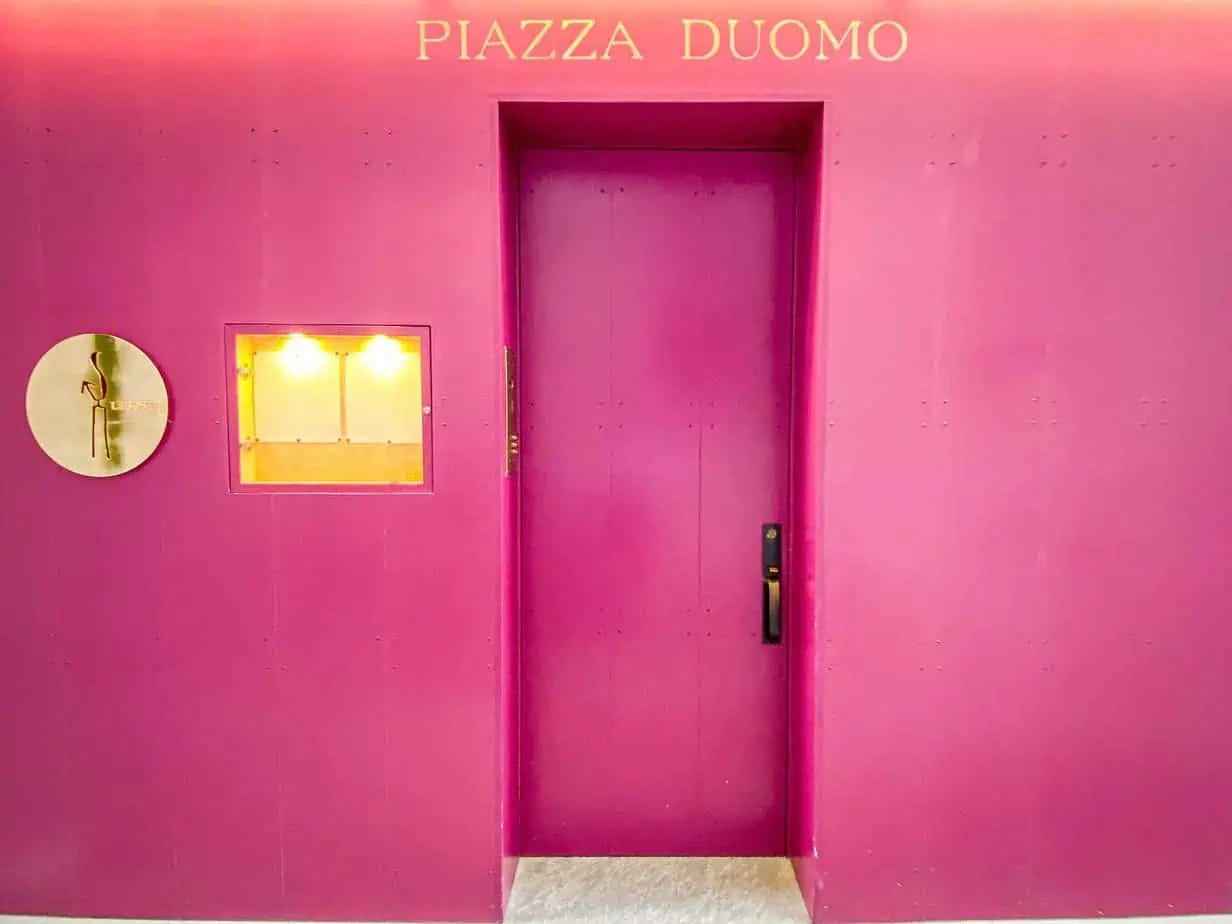
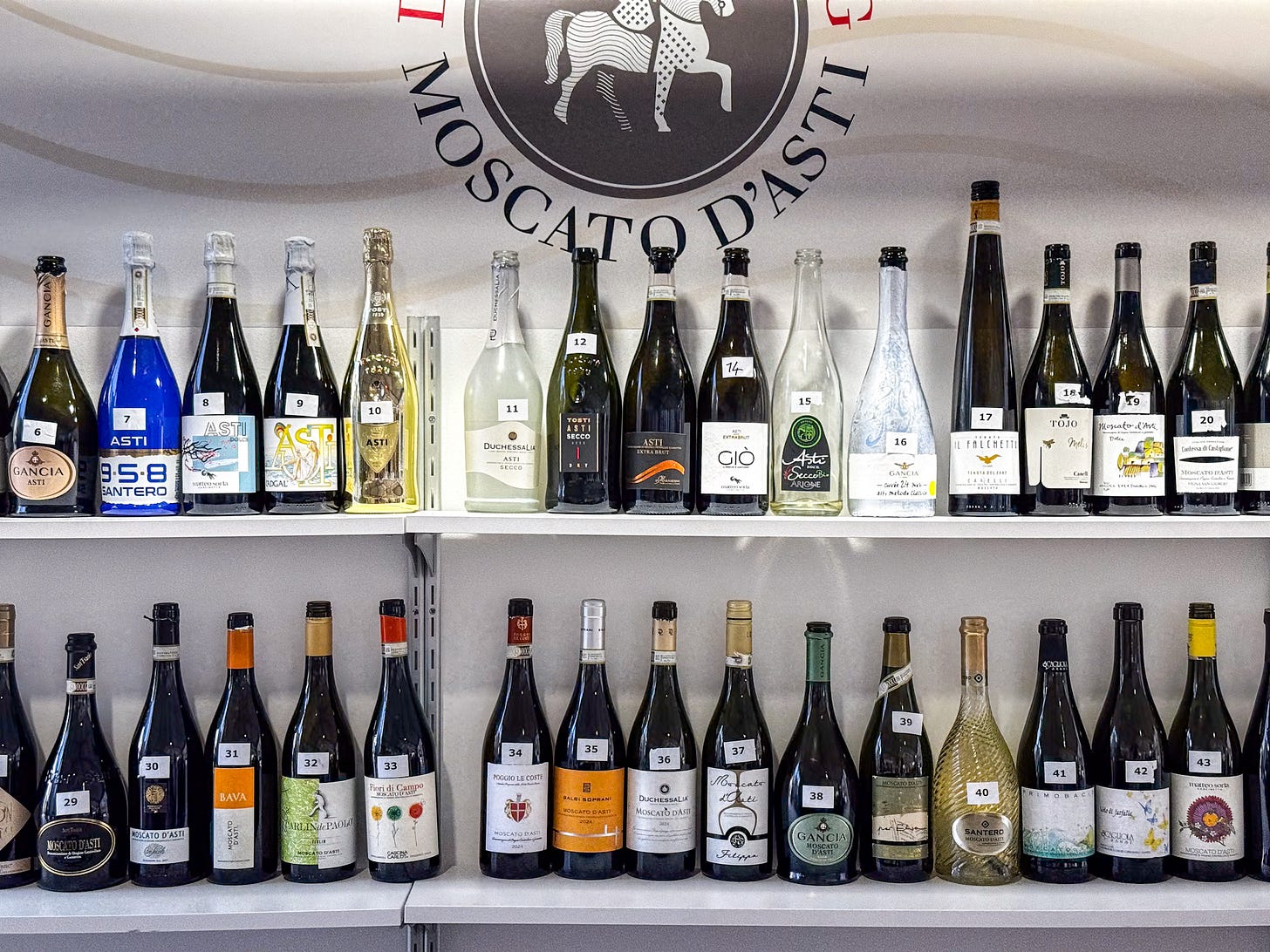
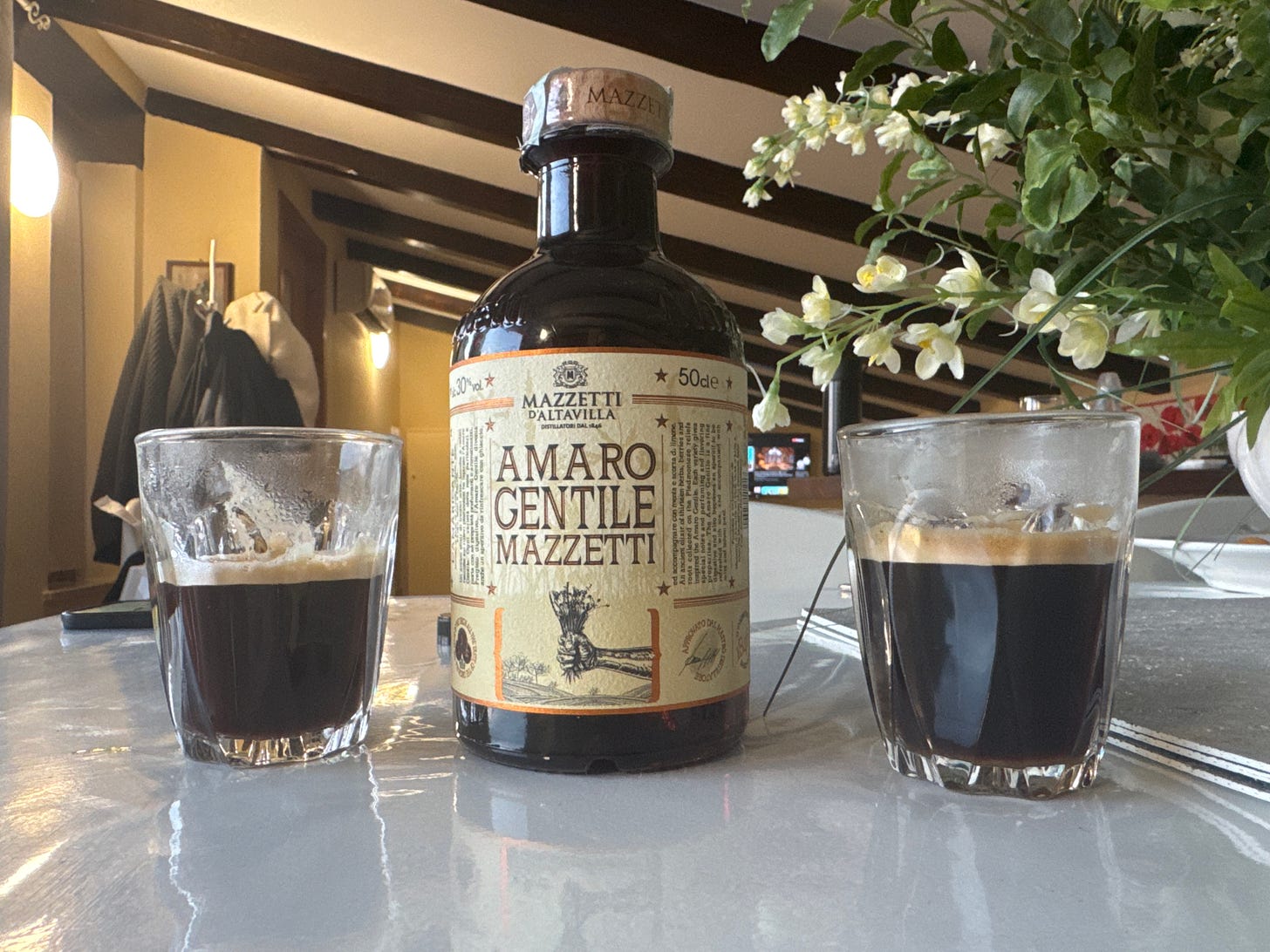
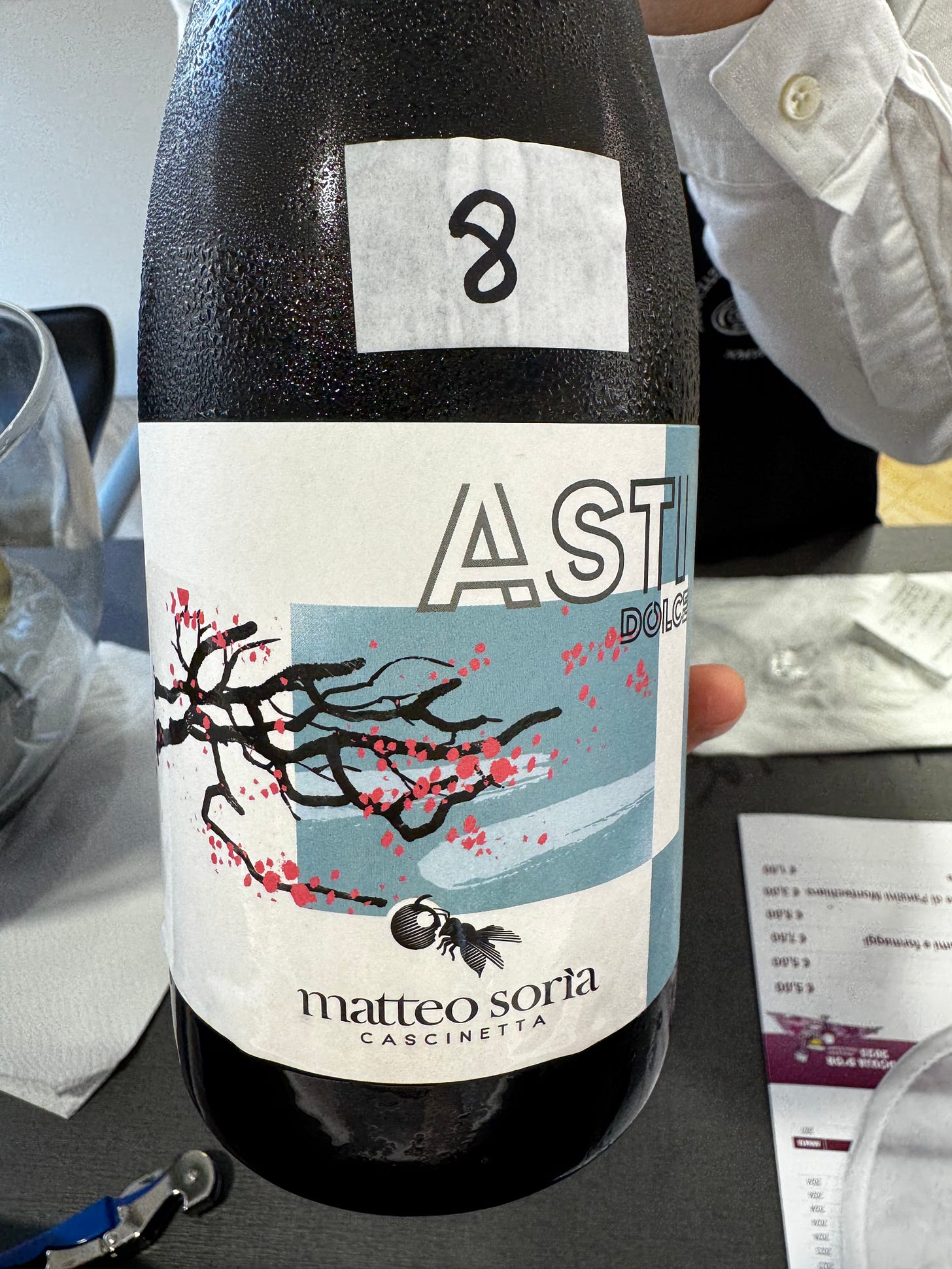
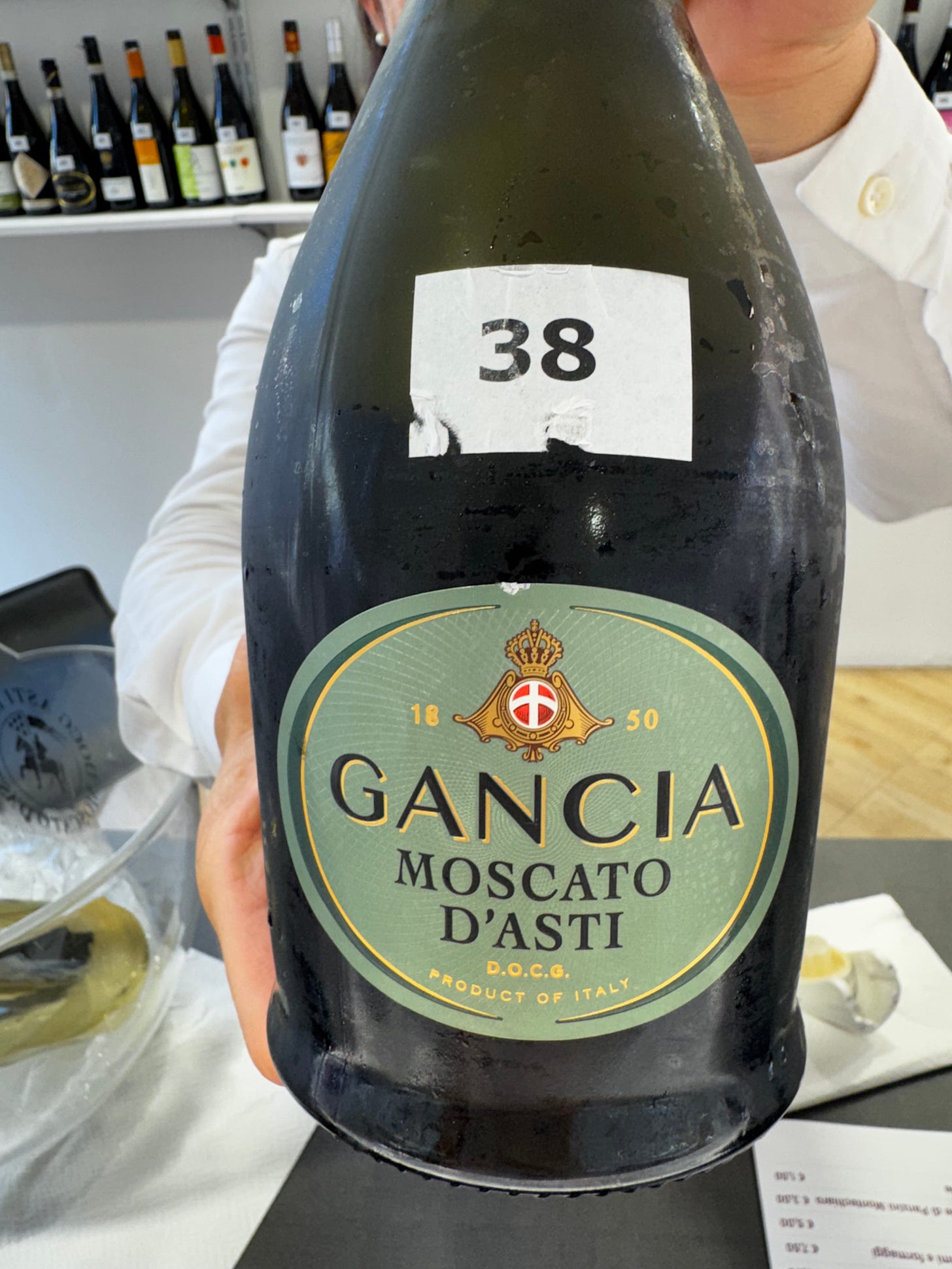
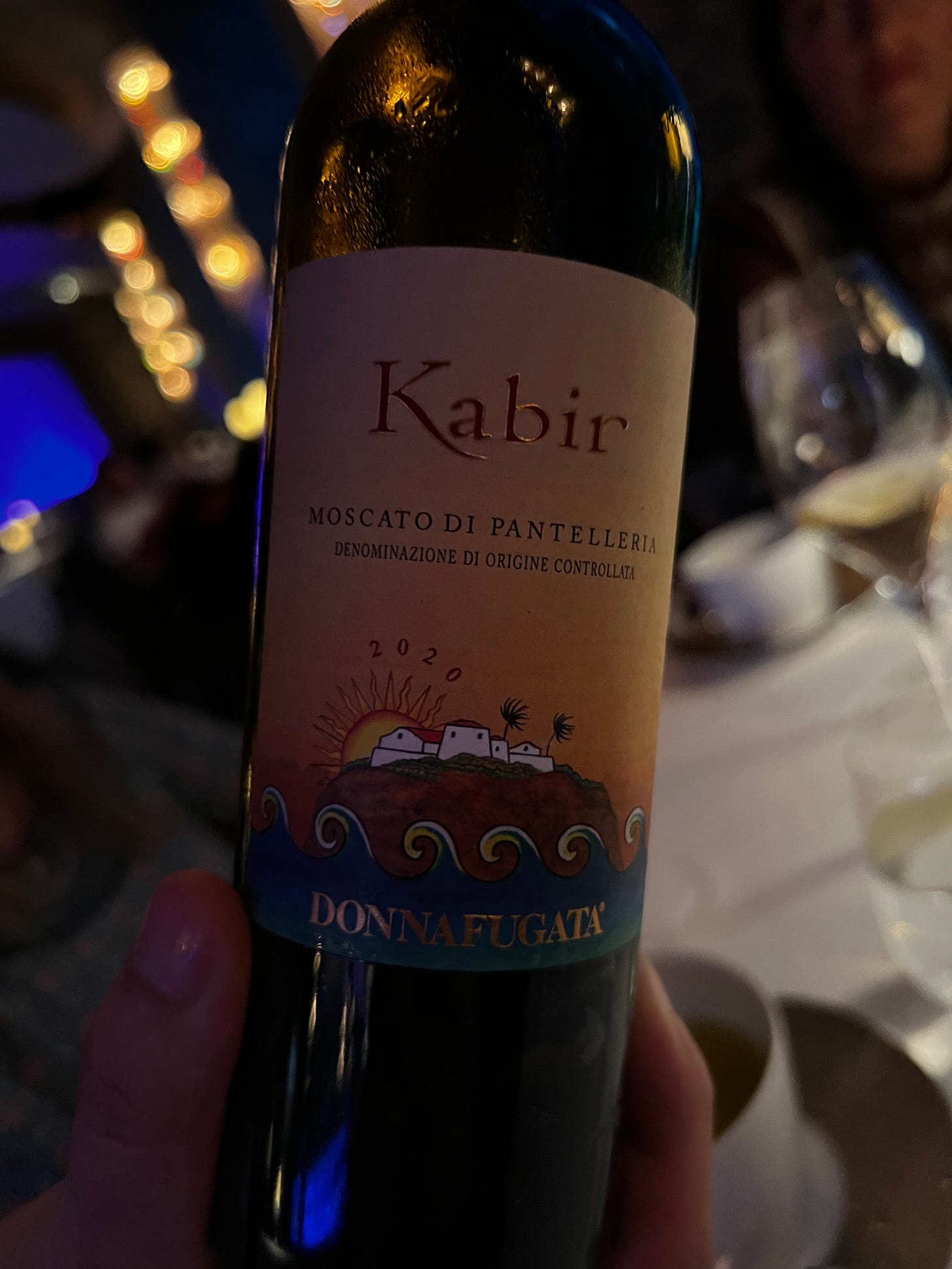

I eagerly await the vineyard visit on your next trip - sounds fun!